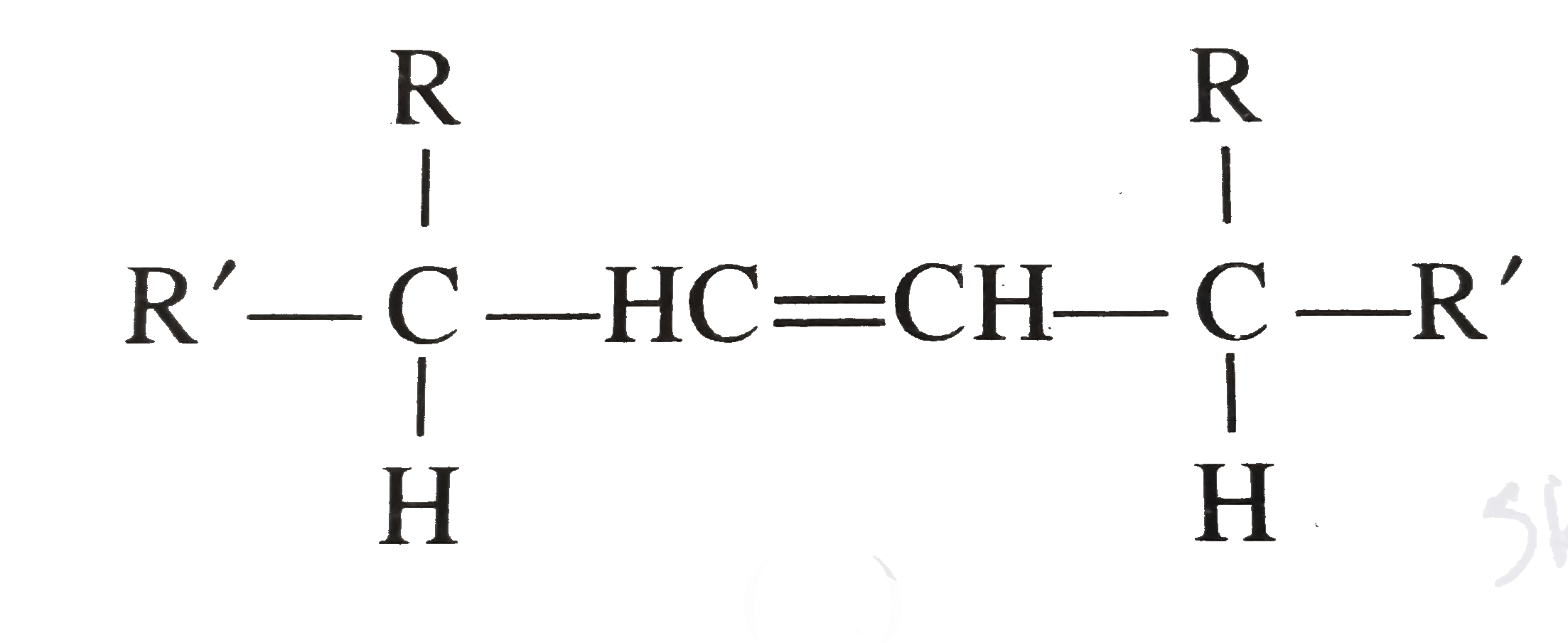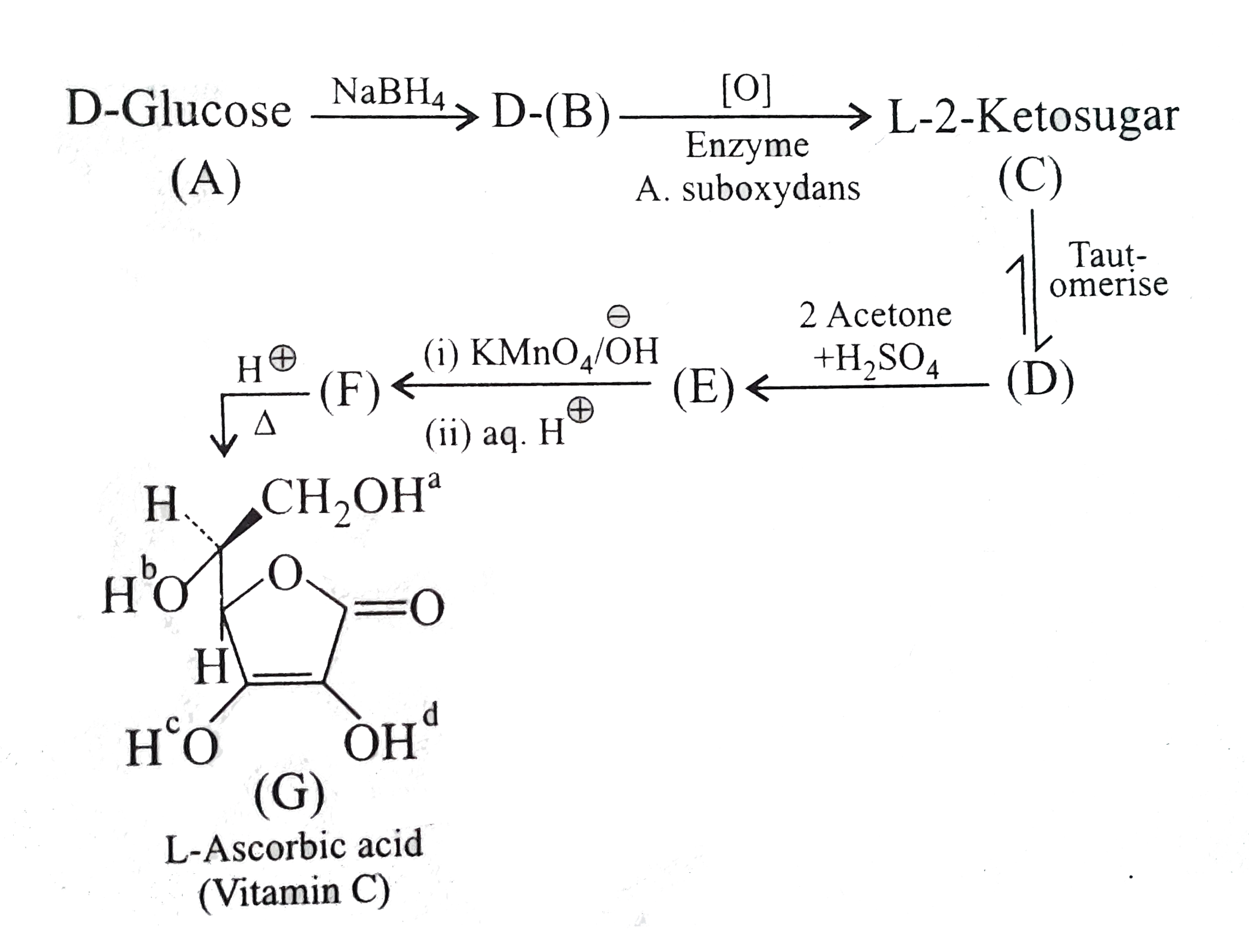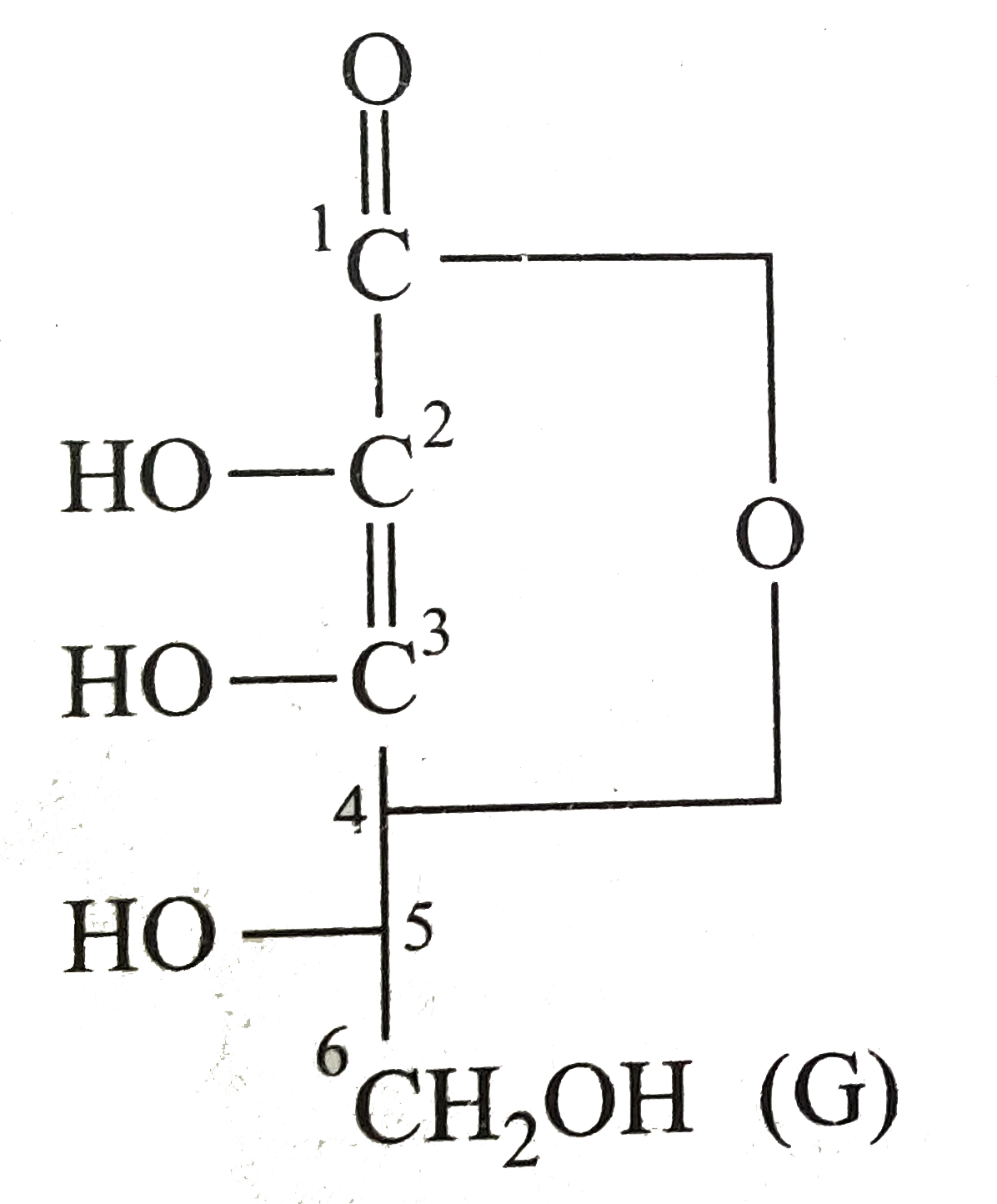If the stereochemistry about the double bond in (A) is trans, two diastereomers (I) and (II) exist as shown in Question.
Which statement is correct ?
(I) is optically inactive due to the presence of plane of symmetry.
(I) is optically inactive due to the presence of centre of symmetry.
(II) is optically inactive due to the presence of plane of symmetry.
(II) is optically inactive due to the presence of centre of symmetry.
The correct Answer is:d
Step by step video, text & image solution for If the stereochemistry about the double bond in (A) is trans, two diastereomers (I) and (II) exist as shown in Question. Which statement is correct ? by Chemistry experts to help you in doubts & scoring excellent marks in Class 11 exams.
Topper's Solved these Questions
- BOOK - CENGAGE CHEMISTRYCHAPTER - ALKENES AND ALKADIENESEXERCISE - Archives(ASSERTION-REASIOING)4videos
ALKENES AND ALKADIENES
- BOOK - CENGAGE CHEMISTRYCHAPTER - ALKENES AND ALKADIENESEXERCISE - Fill in the Blanks3videos
ALKENES AND ALKADIENES
- BOOK - CENGAGE CHEMISTRYCHAPTER - ALKENES AND ALKADIENESEXERCISE - Multiple Correct Answer Type41videos
ALKENES AND ALKADIENES
- BOOK - CENGAGE CHEMISTRYCHAPTER - ALKANES AND CYCLOALKANESEXERCISE - Archives13videos
ALKANES AND CYCLOALKANES
- BOOK - CENGAGE CHEMISTRYCHAPTER - ALKYNESEXERCISE - Exercises (Archives - Analytical and Desriptive Type)4videos
ALKYNES
Similar Questions
Consider the compound (A) given below:

a. Give the total number of stereoisomers possible for (A).
b. If the stereochemistry about the double bond in (A) is cis, give the number of enantiomers possible for (A).
c. If the stereochemistry about the double bond (A) is trans, give the number of enantiomers possible for (A).
d. Give the total number of diastereomers possible for (A).
e. Give some examples of the types of (A).View SolutionCorrect statement about (I) and (II) :
 View Solution
View Solution
Knowledge Check
- Question 1 - Select One
If the stereochemistry about the double bond in (A) is cis−, the total number of stereoisomers for (A) is :
A2, pair of enantiomers.B3, one pair of enentiomers and one meso form ( optically inactive due to the presence of centre of symmetry ).C3, one pair of enenctiomers and one meso form ( optically inactive due to the presence of plane of symmetry ).D2, both optically inactive due to the presence of both centre and plane of symmetry. - Question 2 - Select One
Which statement about bonding is correct?
AA σ bond has cylindrical symmetry about the bonding axis.BA σ bond is twice as strong as a σ bond.CA double bond consists of two π bonds always.DA π bond results from the sideways overlap of hybridized orbitals. - Question 3 - Select One
trans −3,6−Dimethyl oct−4ene (A) exists in two diasteromer (I) and (II).

Which statement is true about (I) and (II)?A(I) is optically active and (II) is not.B(II) is optically active and (I) is not.CBoth are optically active.DBoth are optically inactive due to the presence of centre of symmetry.
The phase diagram for sulphur is shown below. Which statement about this diagram is correct ?
 View Solution
View Solution
The structure of (G) is shown below:

Which of the statement(s)is/are correct about (G)?View SolutionAn organic compound (A) (C10H20) on reductive ozonolysis gives 2− methyl butanal. Based on this information, answer the following question.
If the stereochemistry about the double bond in (A) is trans, the total number of enantiomers for (A) is :View SolutionAn organic compound (A) (C10H20)on reductive ozonolysis gives 2− methyl butanal. Based on this information, answer the following question.
If the stereochemistry about the double bound in (A) is trans, the total number of stereoisomers for (A) is:View SolutionAn organic compound (A) (C10H20)on reductive ozonolysis gives 2− methyl butanal. Based on this information, answer the following question.
If the stereochemistry about the double bond in (A) is cis, the total number of stereoisomers for (A) is :View Solution

